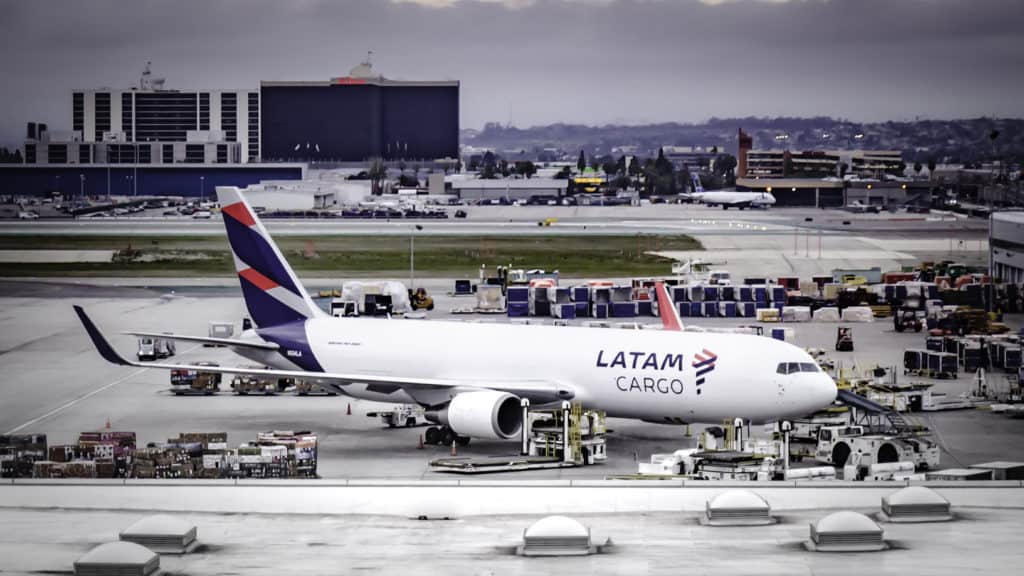Trade tensions across the Pacific and a global demand slowdown took its toll on airfreight activity in November with volumes essentially flat over the year before, the first time in 31 months that demand did not post a year-over-year increase, the International Air Transport Association said.
Asia-Pacific airlines, which at 36 percent have the largest share of the global freight market, posted a 2.3 percent year-on-year demand drop, the first such decline since May 2016, IATA said. Asian exporters have been reporting weaker demand for their products, a trend telegraphed in below-normal seasonal outbound demand at key Asian air gateways in China, Singapore and South Korea. European airlines reported a small decline in traffic as airports in the U.K and Germany came in with uninspiring seasonal traffic results.
North American airlines, by contrast, gained 3.1 percent, the fastest growth of any of the six tracked regions for the second consecutive month, IATA said. The U.S. was the only major exporting nation not to report a contraction in its order books in November, IATA said.
The fall-off in November demand left the industry in a position of overcapacity for the ninth consecutive month, according to IATA data. Capacity rose by 4.3 percent year-on-year, well outstripping demand, IATA said. When the global economy was in synchronized recovery during 2017, supply and demand conditions had come into balance after 7 years of overcapacity. In some months, demand even exceeded supply. That trend began reversing midway through last year’s first quarter, however.
IATA measures traffic demand in freight ton-kilometers, which is defined as one ton of freight flown one kilometer.
The subpar November data clouds the outlook for the seasonally strong December period when demand often peaks as manufacturers and retailers rush holiday goods to store shelves before the holidays end. In prior years, there would be anecdotes about ultra-tight supply and outsized demand for charter airlift to supplement scheduled services. There wasn’t much talk about those trends during this peak, however. IATA will publish December data in early February.
The November results, combined with the ongoing trade fight between the U.S and China, one of the world’s key air trade lanes, puts at risk IATA’s 2019 forecast of 3.9 percent growth, said Alexandre de Juniac, the group’s director-general and CEO. Trade tensions are “cause for great concern,” de Juniac said. He called on the U.S. and China to “focus on enabling growth through trade, not barricading their borders through punitive tariffs.”
Not everyone in the air supply chain is showing reluctance, though. Atlas Air Worldwide Holdings, Inc. (Nasdaq:AAWW), which operates all-cargo aircraft for airlines, said yesterday that Japanese carrier Nippon Cargo Airlines (NCA) has added three Nippon Cargo-owned Boeing Co (NYSE:BA) 747-400 freighters to its current operation, bringing to five the 747-400 freighters Atlas flies on behalf of the carrier.
The aircraft will be operated on the trans-Pacific, and are scheduled to enter service in April, July and September, the companies said.











